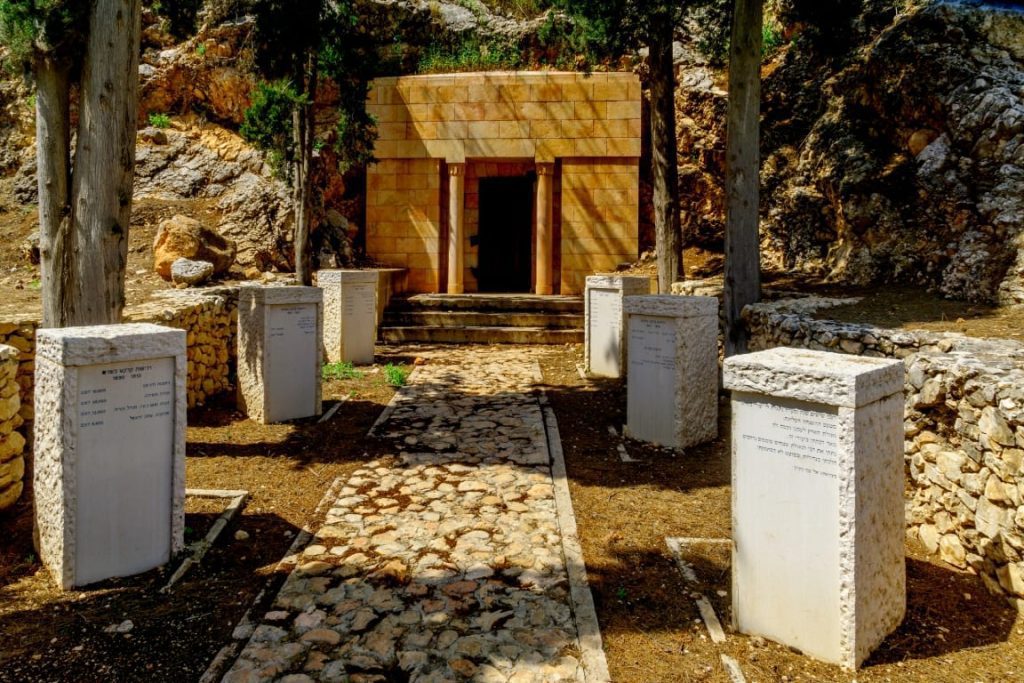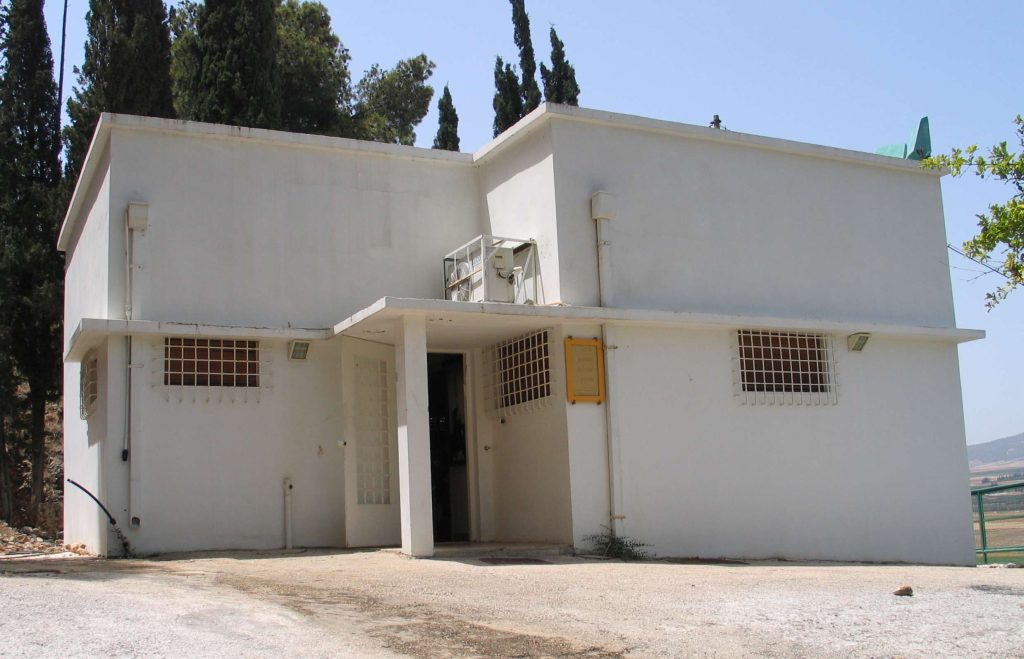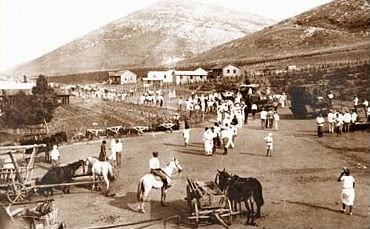Maayan Harod or Ayn Jalut is the location of the famous 13th century Battle of Ain Jalut, considered a major turning point in world history. Its traditional name, Ain Jalut, has been recorded since the 12th century; the name Jalut means “Goliath”. In the 1920s it was Hebraized as Ein Harod after the land was purchased in the Sursock Purchases, following a connection to “Ein Harod” of the Book of Judges (7:1) made as early as 1856 by Arthur Penrhyn Stanley, who later became Dean of Westminster and a co-founder of the Palestine Exploration Fund.
In addition to the connection to the Biblical events of Goliath’s death (1 Samuel 17) and Gideon’s defeat of the Midianites (Judges 7), it has also been proposed as the location of Saul’s defeat of the Philistines (1 Samuel 29); scholarly discussion continues and none of these identifications can be certain. A small Palestinian village was established in the area in the late 19th century; according to medieval chronicler Baha ad-Din ibn Shaddad there had been a prosperous village there in the Middle Ages. The spring is also known as Gideon’s Spring and emerges from a cave known today as “Gideon’s Cave” on the foothills of Mount Gilboa. Today the spring is part of the Ma’ayan Harod National Park, administered by the Israel Nature and Parks Authority.

JOSHUA HANKIN TOMB
Jewish settlement of Maayan Harod
The modern Israeli villages of Ein Harod began in a temporary farm and settlement established next to the spring. In the early 20th century the spring and the surrounding area were owned by the Sursock family from Beirut (modern-day Lebanon). In 1920, the Zionist activist Yehoshua (Joshua) Hankin, through the Palestine Land Development Company, purchased the territory, named the “Nuris Bloc”, after a nearby Arab village, and compensated the 38 tenant farmers who lived there.
In 1921, Hankin sent a Zionist workgroup, to settle in the territory. The first 74 members pioneers were split into two groups. One of the Second Aliyah, former members of Hashomer and Kvutzat Kinneret, and the other from the Third Aliyah. In the first months, the settlers sowed fields, planted a eucalyptus grove, paved roads and dried swamps. An Ulpan, a school for learning Hebrew was set up in the camp. In December 1921, a second farm called Tel Yosef (after Joseph Trumpeldor) was established by members.
Disagreements on funds and internal politics have led Ein Harod and Tel Yosef to part ways in 1923, with many members leaving the former for the latter. The group that remained in Ein Harod included 110 members and was headed by Lavi, Yitzhak Tabenkin, Aharon Zisling, and David Maletz. The group at Ein Harod continued to get little support from the Zionist organizations and after the 1929 Palestine riots, the members chose to move their camp next to Tel Yosef, and thus the settlement at the spring was abandoned.

JOSHUA HANKIN HOME
House and Tomb of Yehoshua Hankin
Yehoshua Hankin who purchased the lands wanted to move his home to the valley with his wife Olga. Their house was planned as a Bauhaus and construction began in the 1930s just above the spring. Pioneers of Kibbutz Beit HaShita who camped at the spring helped the construction. Olga got sick and passed away in 1942. Yehoshua decided to bury his wife next to the house in a tomb inspired by the ancient Roman-Jewish tombs in Beit Shearim (Roman-era Jewish village). Hankin died in 1945 and was buried next to his wife. The tomb’s entrance was designed by Israeli artist David Palombo, who designed the gates of the Knesset. For some years the tomb was a pilgrimage site for women hoping to get pregnant.
Maayan Harod National Park
The well is now at the heart of a national park called Maayan Harod. The spring water is used to feed a recreational swimming pool. The house of Hankin has become a museum showing historical artifacts and life-size mannequins of the couple Hankin. Next to the museum is a war memorial for residents of the valley who died in Israel’s wars. Next to the park is a Hostelling International youth hostel.


